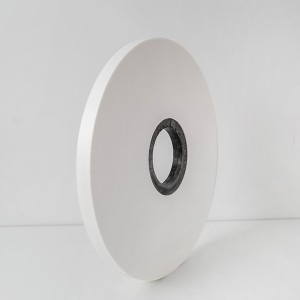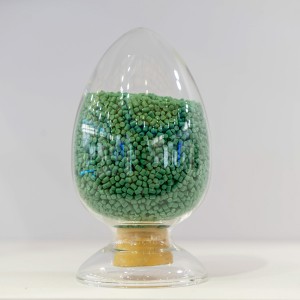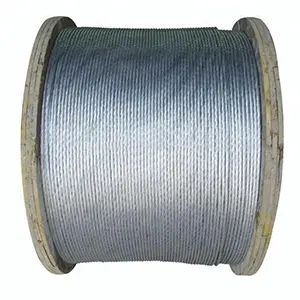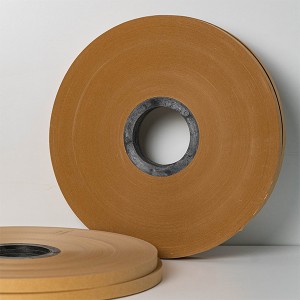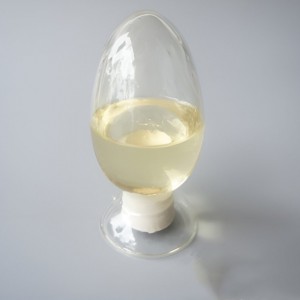
Продукция
Тукмаган тукымалар
Продукция белән таныштыру
Тукымаган тукыма тасмасы - суга батыру, бәйләү, киптерү һәм басу, аннары ярылу аша югары температурага чыдам полиэстер җепселләрдән эшләнгән тасма материалы.
Токымсыз тукымалар тасма чыбык һәм кабель сәнәгатендә киң кулланыла. Электр кабель, резин белән капланган кабель, контроль кабель, элемтә кабель һәм элемтә оптик кабель һ.б. өчен изоляция катламы, ястык катламы һәм җылылык саклау катламы буларак кулланылырга мөмкин. Тукмаган тукымалар тасмасын куллану шулай ук кабель һәм оптик кабельнең механик көчен һәм сыгылучылыгын арттырырга мөмкин.
характеристикалары
Без тәкъдим итмәгән тукыма тасмасы түбәндәге үзенчәлекләргә ия:
1) Яхшы бердәмлек, деламинация юк.
2) Lightиңел авырлык, нечкә калынлык һәм яхшы сыгылучылык.
3) mechanгары механик көч, төрү өчен җиңел һәм озынлыкка төрү.
4) Яхшы җылылыкка каршы тору, югары мизгел температурасына каршы тору, һәм кабель тиз арада югары температурада тотрыклы эшне саклый ала.
5) chemicalгары химик тотрыклылык, коррозив компонентлар юк, бактерияләргә һәм форма эрозиясенә чыдам.
Кушымта
Нигездә изоляция катламы, ястык катламы һәм электр кабеленең җылылык саклау катламы, резин белән капланган кабель, контроль кабель, элемтә кабель, элемтә оптик кабель һ.б.
Техник параметрлар
| Предмет | Техник параметрлар | ||
| Номиналь калынлык (мм) | 0.05 | 0.1 | 0.12 |
| Керү көче (N / см) | ≥30 | ≥35 | ≥40 |
| Озынлыкны бозу (%) | ≥12 | ≥12 | ≥10 |
| Су коэффициенты (%) | ≤5 | ≤5 | ≤5 |
| озак вакытлы тотрыклылык (℃) | 90 | 90 | 90 |
| кыска вакытлы тотрыклылык (℃) | 230 | 230 | 230 |
| Искәрмә: күбрәк спецификацияләр, зинһар, безнең сату хезмәткәрләренә мөрәҗәгать итегез. | |||
Пакетлау
Тукымаган тукыма тасмасы дымга каршы пленка белән төрелгән, картонга салынган һәм паллет белән тутырылган, һәм ниһаять, пленка белән төрелгән.
Картон зурлыгы: 55см * 55см * 40см
Пакетның зурлыгы: 1,1см * 1,1см * 2,1м
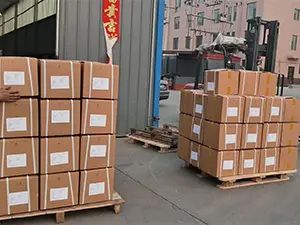
Саклау
1) Продукция чиста, коры һәм җилләтелгән складта сакланырга тиеш.
2) Продукция янып торган продуктлар белән бергә тупланырга тиеш түгел һәм янгын чыганакларына якын булырга тиеш түгел.
3) Продукция туры кояш нурыннан һәм яңгырдан сакланырга тиеш.
4) Дым һәм пычрану өчен продукт тулысынча тутырылырга тиеш.
5) Продукция саклау вакытында авыр басымнан һәм башка механик зыяннан сакланырга тиеш.
Түләүсез үрнәк шартлары
БЕР ДӨН .Я клиентларга югары сыйфатлы чыбык һәм кабель матеналлары һәм беренче класс-техник хезмәтләр күрсәтү өчен бирелгән.
Сез үзегезне кызыксындырган продуктның бушлай үрнәген сорый аласыз, безнең продуктны җитештерү өчен кулланырга телисез.
Без продукт характеристикаларын һәм сыйфатын тикшерү өчен кире кайтырга теләгән эксперименталь мәгълүматны кулланабыз, клиентларның ышанычын яхшырту һәм сатып алу ниятен яхшырту өчен, безгә тулырак сыйфат контроле системасын булдырырга булыша, шуңа күрә ышандырыгыз.
Сез бушлай үрнәк сорау хокукында форманы тутыра аласыз
Кушымта күрсәтмәләре
1. Клиентның халыкара экспресс җибәрү счеты бар, үз теләге белән йөкне түли (Йөкне заказ буенча кире кайтарырга мөмкин)
2. Шул ук учреждение бер үк продуктның бер бушлай үрнәге өчен генә мөрәҗәгать итә ала, һәм шул ук институт бер ел эчендә төрле продуктларның биш үрнәгенә бушлай гариза бирә ала.
3. Ampleрнәк чыбык һәм кабель фабрикасы клиентлары өчен генә, һәм җитештерүне сынау яки тикшерү өчен лаборатория персонал өчен генә.
AMPРНӘК ПАКЕТ
Түләүсез үрнәк сорау формасы
Зинһар, кирәкле үрнәк спецификацияләрен кертегез, яки проект таләпләрен кыскача сурәтләгез, без сезнең өчен үрнәкләр тәкъдим итәрбез
Форманы тапшырганнан соң, сез тутырган мәгълүмат продукт спецификациясен билгеләү һәм сезнең белән мәгълүматны адреслау өчен алга таба эшкәртү өчен БЕР ДӨН .Я фонына җибәрелергә мөмкин. Сезнең белән телефон аша элемтәгә керергә мөмкин. Зинһар, безнең укыгызХосусыйлык политикасыТөгәлрәк мәгълүмат өчен.


